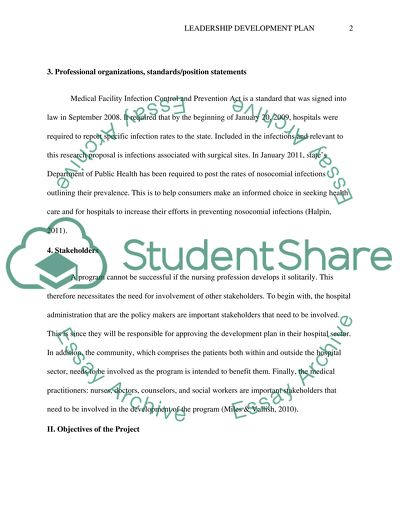Cite this document
(“Specific Nosocomial Infections (UTI, Wound/Incision, Pneumonia, Research Proposal”, n.d.)
Retrieved from https://studentshare.org/nursing/1437965-specific-nosocomial-infections-uti-wound-incision
Retrieved from https://studentshare.org/nursing/1437965-specific-nosocomial-infections-uti-wound-incision
(Specific Nosocomial Infections (UTI, Wound/Incision, Pneumonia, Research Proposal)
https://studentshare.org/nursing/1437965-specific-nosocomial-infections-uti-wound-incision.
https://studentshare.org/nursing/1437965-specific-nosocomial-infections-uti-wound-incision.
“Specific Nosocomial Infections (UTI, Wound/Incision, Pneumonia, Research Proposal”, n.d. https://studentshare.org/nursing/1437965-specific-nosocomial-infections-uti-wound-incision.


